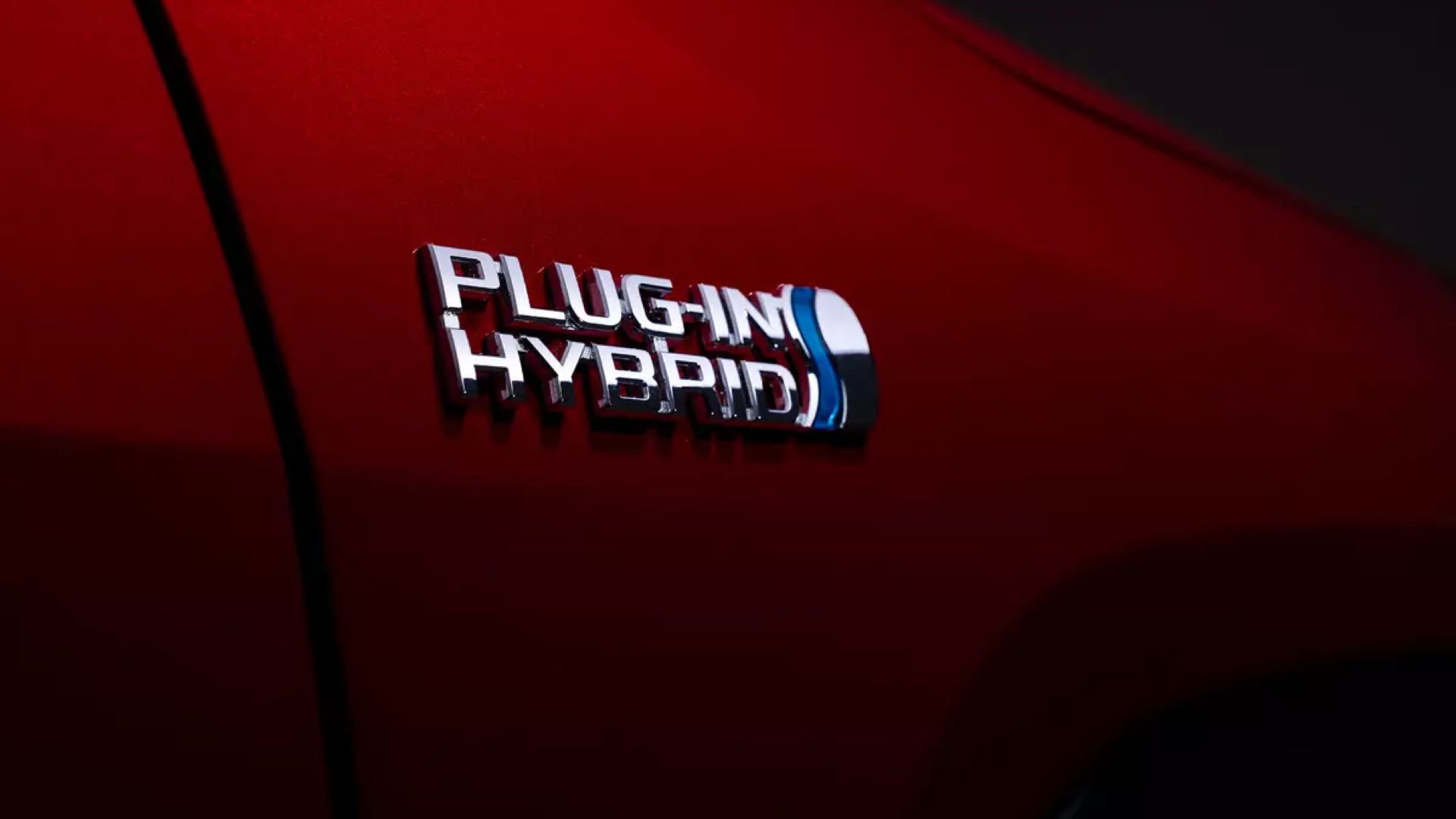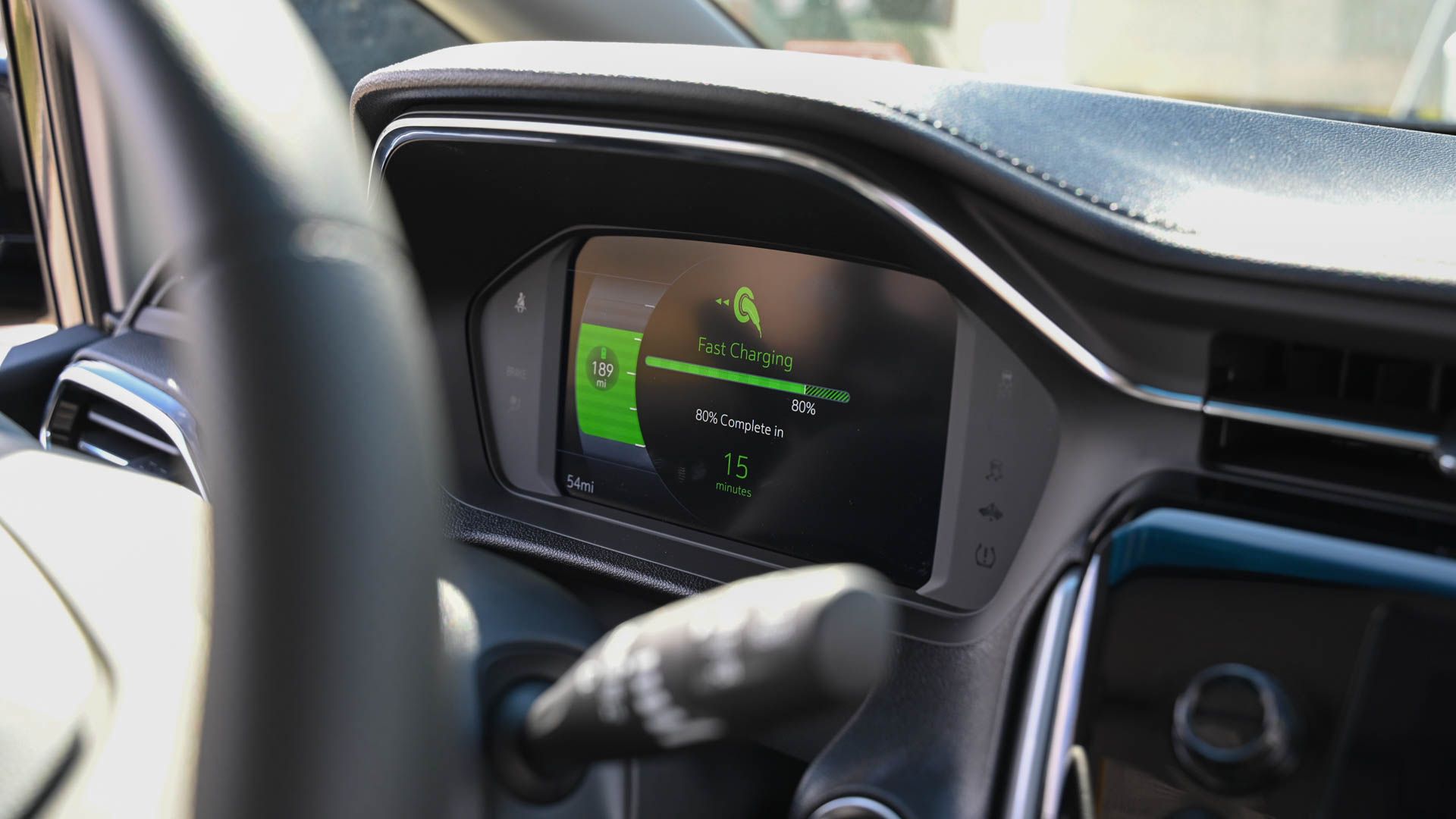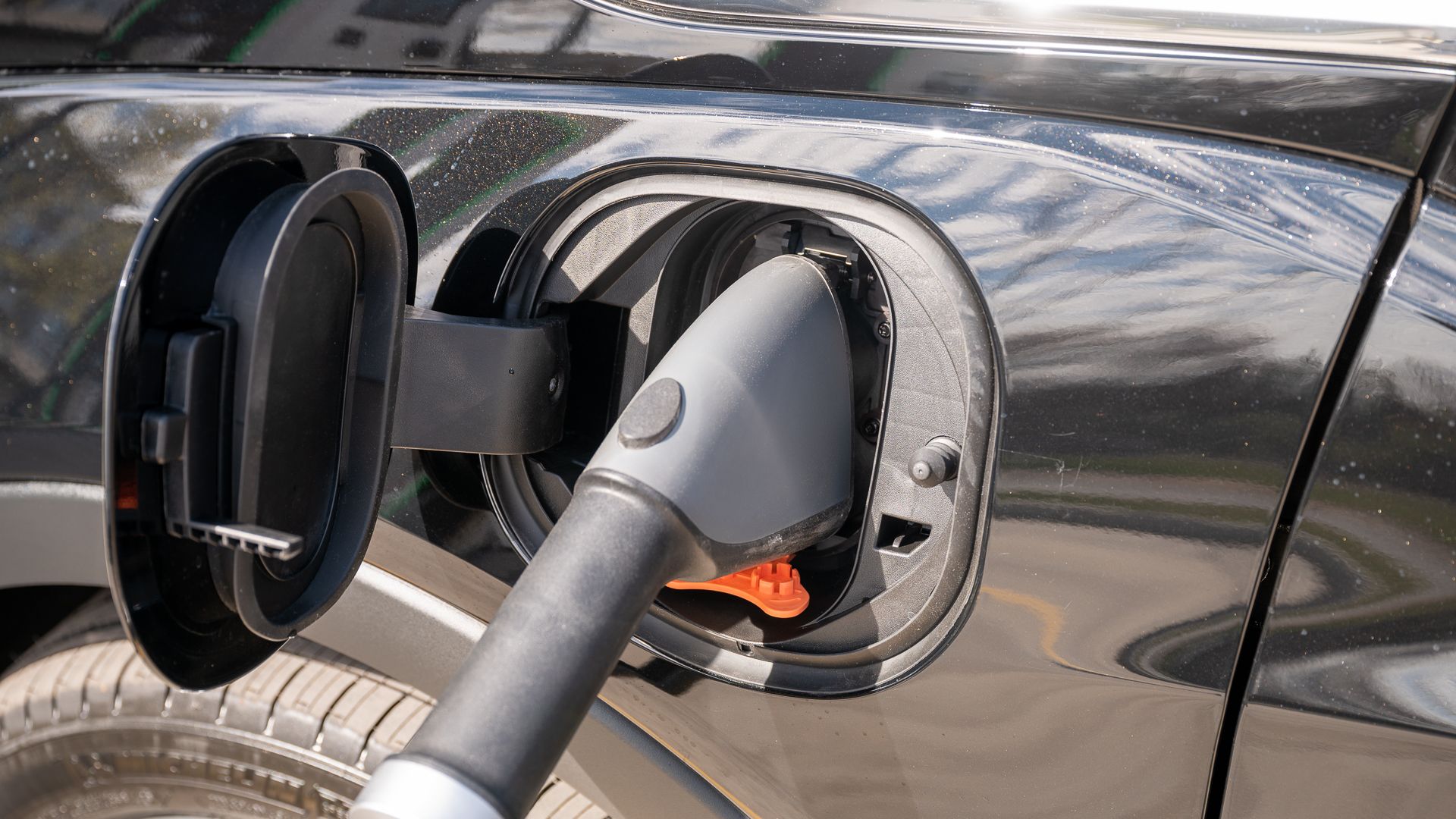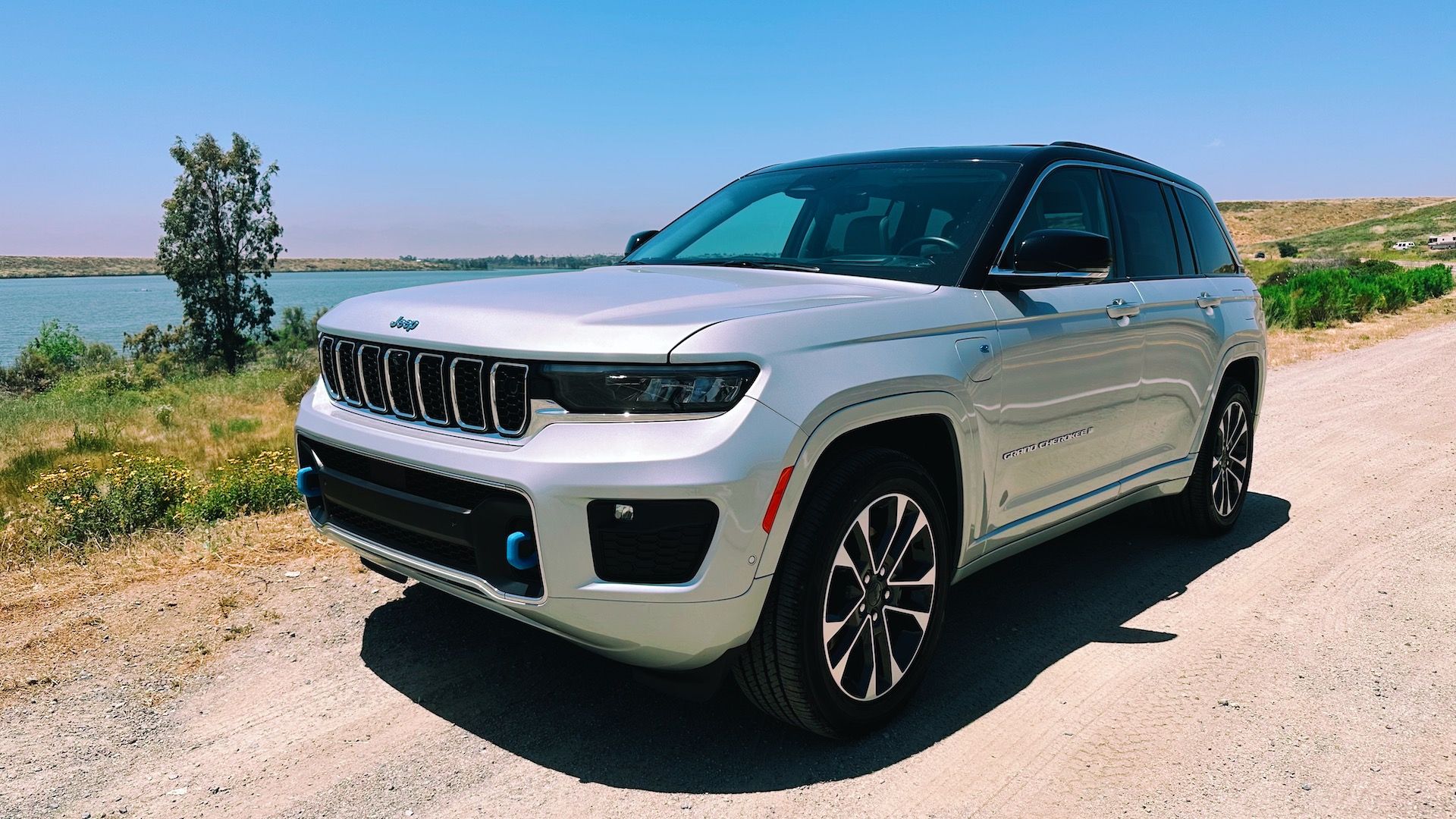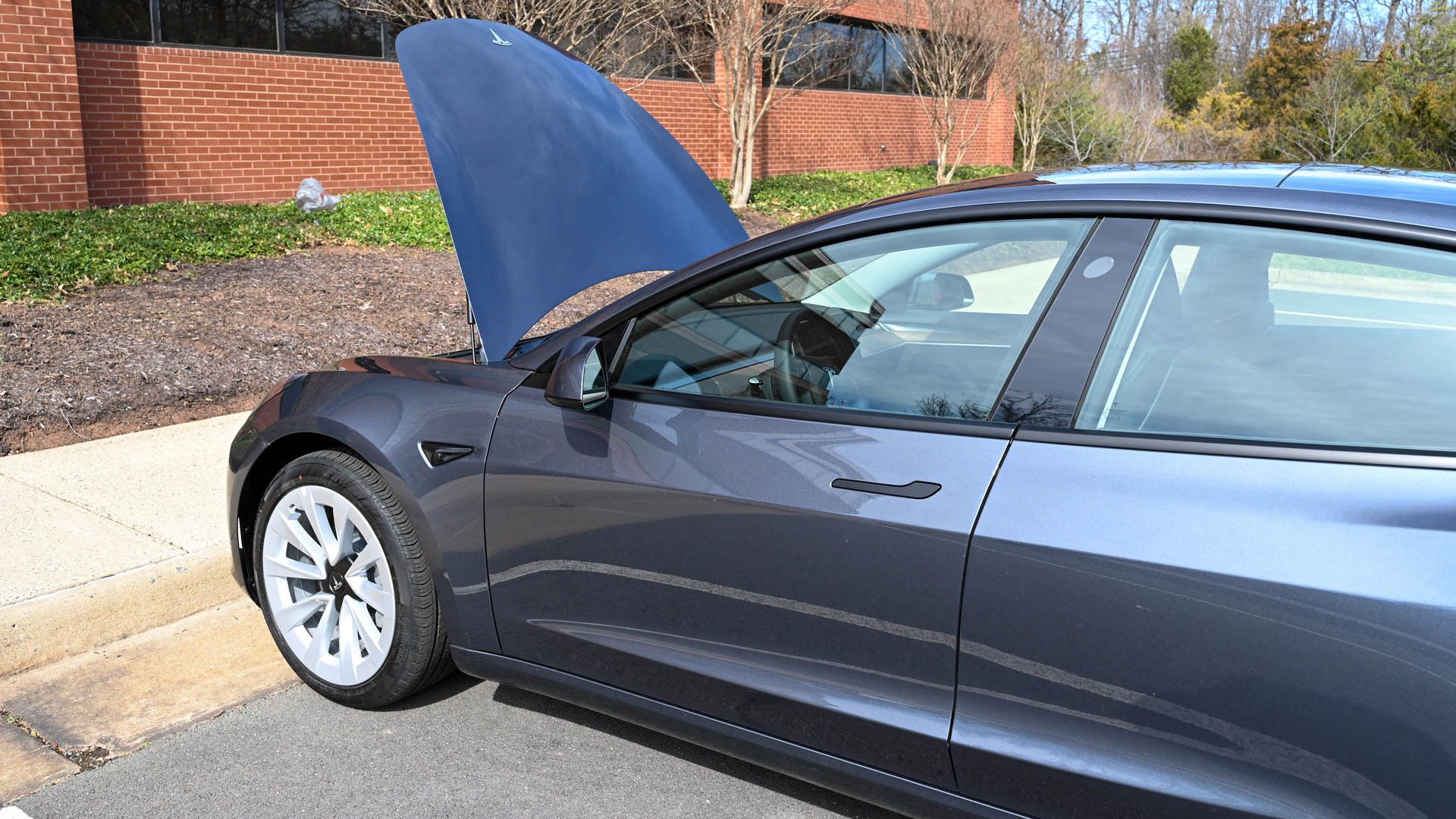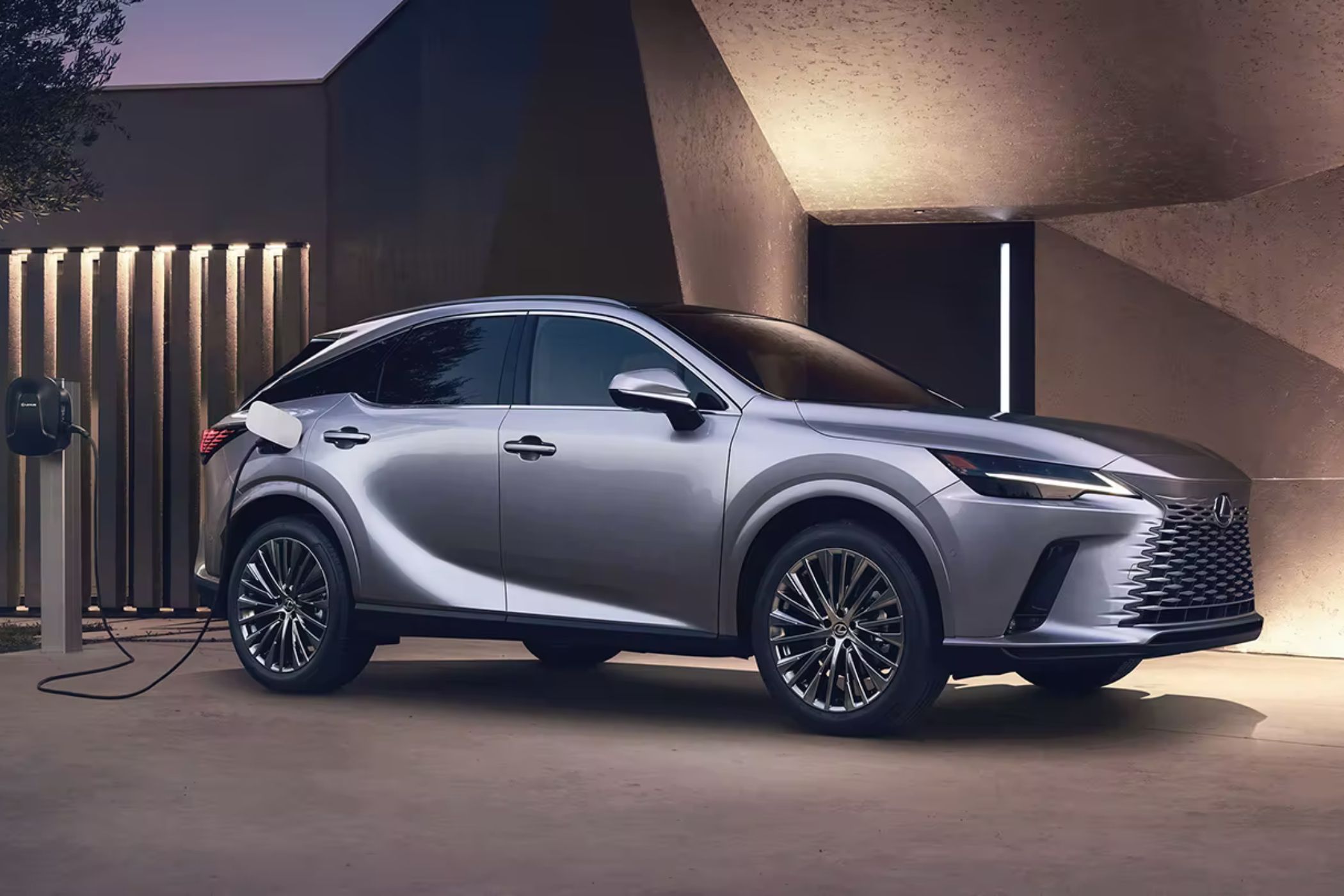
Unveiling the Future: Explore the Untold Wonders of Plug-in Hybrid Vehicles

Considering a plug-in hybrid electric car? Discover the key factors to consider before making a purchase, including how it works, impressive range and performance, charging speed, maintenance, electric-only modes, and potential tax credits Is a PHEV your ideal choice?
Plug-in hybrid electric vehicles (PHEVs) have gained widespread popularity due to their numerous advantages. These vehicles offer the perfect balance between performance and fuel efficiency, making them an attractive option for drivers who are not ready to fully switch to electric vehicles.
PHEVs are essentially electric cars that can still operate even when the battery power is depleted. They have the added convenience of being able to run on gasoline, but can also be plugged in for additional charging overnight. Before investing your hard-earned money in a new hybrid EV, it is important to carefully consider both the advantages and disadvantages of this vehicle style.
1. How a Plug-in Hybrid Vehicle Works?
Toyota
If you're curious about the functioning of a PHEV, you're not alone. The Toyota Prius is an example of a regular hybrid vehicle that utilizes both the gas and battery systems to enhance its range and can operate on either system without the need for a plug. On the other hand, mild hybrid vehicles primarily support the gas-powered motor.
In contrast, a PHEV (plug-in hybrid electric vehicle) combines or operates the two drive systems together or independently. This allows for exceptional performance and range when driving. Many PHEV owners charge their vehicles overnight, which provides enough battery capacity for daily commuting without the need to refuel. For instance, the 2023 Jeep Grand Cherokee 4xe PHEV allows for an all-electric driving range of approximately 20-30 miles, depending on the model. Some high-end PHEV models even offer an electric-only range of 50-60 miles.
However, the gas engine provides the advantage of allowing uninterrupted driving even when the battery is depleted, which is highly beneficial for individuals on long trips or experiencing range anxiety. Most PHEV models feature a larger battery pack compared to traditional hybrids, and for level 1 charging, it can be connected to a home AC wall outlet, although the charging process is relatively slow. However, specific PHEVs offer quicker level 2 charging and even DC fast charging capabilities. From this perspective, PHEVs present a multitude of advantages.
2. Excellent Driving Range & Performance
Hannah Stryker
One of the key advantages of opting for a PHEV is the enhanced range and improved fuel efficiency. By integrating a battery system with a smaller gasoline engine, these vehicles deliver impressive eMPG during city driving or when tackling stop-and-go traffic, solely relying on the battery-powered system. Moreover, when reaching highway speeds, the motors alleviate the strain on the gasoline system, resulting in reduced fuel consumption.
Many people find that a PHEV offers enough range for their daily work commute, without the need to use any gasoline. Instead, they simply plug in the vehicle every day or two to ensure the battery remains fully charged.
However, the advantages of owning a PHEV go beyond just the range. In the case of popular models such as the Toyota RAV4, opting for the PHEV version (Toyota RAV4 Prime) not only provides improved range, but also delivers significantly better performance. For instance, the RAV4 Prime can accelerate from 0 to 60 mph in just 5.5 seconds, all while achieving an impressive EPA-estimated 94 eMPG. Additionally, the RAV4 Prime offers approximately 42 miles of EV-only driving. With current gasoline prices, these features certainly make it an appealing choice.
3. Standard Home Charging Is Slow
Justin Duino
Plug-in hybrid vehicles offer several advantages that make them attractive to the masses, including improved performance and extended driving range. One of the key factors behind their popularity is the ease of charging. All PHEVs can be conveniently charged using a standard 120V AC wall outlet in your home or garage. However, it should be noted that charging at this voltage is a slow process, typically providing only 4–6 miles of range per hour. Nevertheless, overnight charging is usually sufficient to cover a long daily commute or multiple trips. Additionally, charging a PHEV is cost-effective and less expensive than refueling with gasoline.
It is important to remember that in cases where the battery is not sufficiently charged, the gasoline-powered engine will still ensure that you can reach your destination. Many PHEVs also support level 2 fast charging, which can be achieved with a standard 240V outlet commonly found in homes for appliances like washing machines or dryers. However, it is worth noting that utilizing level 2 charging may require an additional fee for installing a faster charger at home. By using a level 2 charger, whether in public or at home, you can expect a range of over 25 miles per hour of charging.
While it's not as frequent, certain plug-in hybrids have the ability to utilize the DC fast charging networks available in the vicinity. This allows for a complete recharge of the smaller battery in approximately 25 minutes. Nevertheless, it is important to note that for most users, this charging method may be slower compared to when your high-end vehicle remains parked in the garage and is connected to a regular plug.
4. No Range Anxiety
Tyler Hayes / HowToGeek
I don't fully grasp the argument surrounding "range anxiety" in relation to electric vehicles, where critics highlight that most EV owners experience anxiety and concern about their battery running out. This is something that also occurs with gasoline-powered cars. Given that electric cars are still relatively new and the estimated battery life may not always be completely accurate, I understand why this could be a concern for some. After all, nobody wants to run out of fuel or battery and end up stranded.
No need to worry if you choose a PHEV. Even if you forget to charge or the battery is low, the reliable gas engine will ensure you reach your destination. This is particularly advantageous during extended journeys.
On the other hand, if you run out of gas, the battery may provide enough power to safely reach a nearby gas station for a refill. The car's regenerative braking system actively charges the battery as you drive, eliminating any concerns about running out of range. Bid farewell to "range anxiety" and embrace the benefits of a PHEV.
5. More Maintenance Than An EV
Hannah Stryker
Although EVs require less maintenance compared to ICE vehicles, they still require upkeep for the battery, tires, select fluids, air filters, and other components. While a PHEV involves less maintenance than a conventional vehicle, it does require more attention than owning a fully electric vehicle. This can be seen as both an advantage and a disadvantage. On the plus side, owners can benefit from features like regenerative braking and reduced brake changes. However, maintenance requirements will still be higher compared to owning a Tesla, and regular engine oil changes will still be necessary.
6. Electric-Only Modes Are Reserved for Slower Speeds
Lexus
7. Potential Tax Credits and Savings
It's worth noting that for many PHEVs currently available in the market, the electric-only mode is designed for slower speeds. Depending on the specific model, it may not be possible to reach speeds of 65 MPH on the freeway solely on electric power. Typically, the electric-only system is optimized for lower speeds in urban areas, parking lots, or while waiting at traffic lights. However, it's important to remember that vehicles tend to have lower fuel efficiency in these situations, which makes the electric-only mode of a PHEV a significant advantage.
Did you know that despite the modifications to the federal EV tax credit system, many hybrids are still eligible? That's right, purchasing a PHEV can earn you a substantial tax credit, and it's not restricted to solely electric models.
Depending on the origin of your plug-in hybrid, along with factors such as the total cost, battery components, and others, you may be eligible to receive federal tax credits ranging from $3,750 to $7,500. Additionally, it is crucial to explore the possibility of state or local tax credits in order to maximize your savings.
Should Your Next Car Be a PHEV?
Buying a plug-in hybrid electric vehicle offers several advantages and disadvantages. If you're in the market for an exciting new car and want to enjoy some of the benefits of an electric vehicle without fully committing, a hybrid is worth considering.
Unlike regular hybrids that don't require plugging in, a plug-in hybrid electric vehicle strikes a balance for potential buyers. While you will have to occasionally plug in the vehicle to charge, you can still rely on gasoline and go on longer trips. Additionally, you'll have a modern car that is enjoyable to drive, highly capable, and likely offers better range and performance compared to its gasoline-powered counterpart. Plug-in hybrid vehicles offer decent fuel economy, range, and pricing, providing a familiar experience that most buyers can appreciate.
